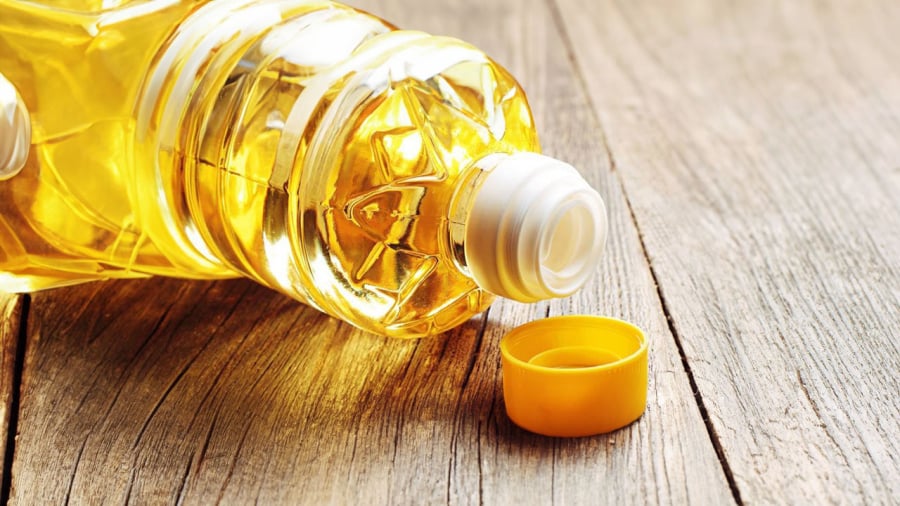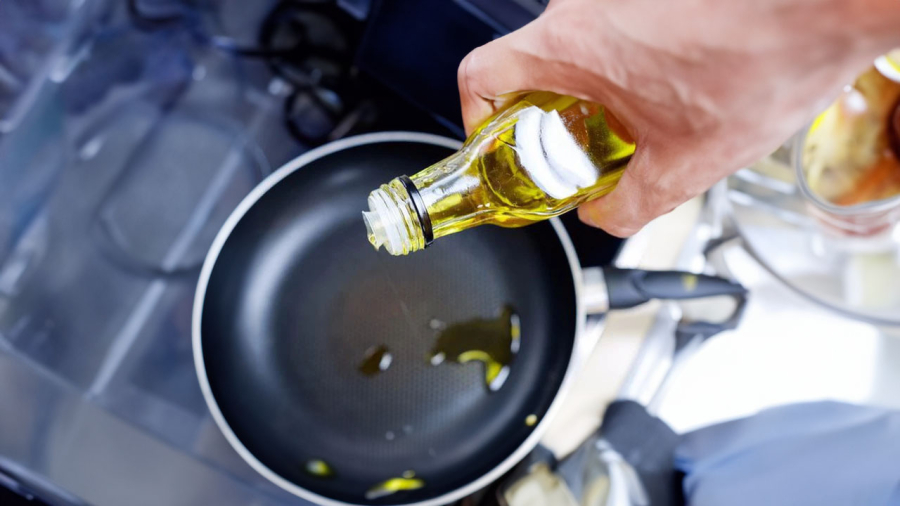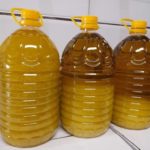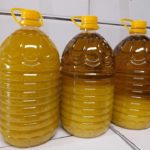Nowadays, cooking oil has become an essential ingredient in our daily lives. Whether you are a vegetarian or a non-vegetarian, everyone uses cooking oil. However, one thing we often overlook is their expiration dates. Many people check the label for the expiration date before purchasing, but once opened, few pay attention. Typically, we use them until they run out. Some even buy large cans to save money and ignore the expiration date.

After opening, cooking oil has a very short shelf life.
While unopened oil bottles, stored in a dry and cool place, can have a shelf life of up to 2 years. But after opening, it is advisable to use it within 2-3 months. Some types of cooking oil can last up to 1 year. Opening the oil bottle exposes it to air, causing it to undergo chemical changes, making it rancid. This is sometimes why cooking oil may have a slightly sour taste and lose its aroma when used for frying, making the dish less appealing.
Why not use glass bottles for storing cooking oil?
We often believe that glass bottles are better than plastic ones. However, most cooking oils, whether from affordable brands or famous ones, are packaged in plastic bottles. Some types are packaged in glass bottles, but they are usually colored glass. Why is that?
Many people assume that glass bottles are better. However, experts believe that cooking oil should not be exposed to direct light. Direct light can cause the oil to deteriorate faster. Therefore, it is better to use dark-colored plastic or opaque glass bottles to store cooking oil, to avoid nutrient degradation.
Storing in glass bottles also does not help the cooking oil last longer.
Tips for using cooking oil
You should buy a suitable-sized cooking oil bottle for your family’s needs to avoid storing oil for too long after opening.
Do not pour the used cooking oil back into the bottle. If there is oil left, cover it with cling film and use it next time, to avoid pouring it back into the bottle.
Used cooking oil should only be reused 1-2 times to avoid health risks.
After using cooking oil, make sure to tightly close the bottle to avoid prolonged exposure to air.
Store the cooking oil bottle in a cool, dry place. Avoid placing it near the kitchen stove, as heat can cause it to deteriorate faster.

Recognizing spoiled cooking oil that should not be used
Different types of cooking oil have different production techniques and properties, so their shelf life and risks of chemical changes vary. Therefore, you should observe and recognize spoiled cooking oil based on the following factors:
Unusual color: Cooking oil should be clear and yellow, not cloudy. If you notice sediment settling in the oil bottle, its color is darkened and not clear but cloudy, then it has spoiled.
Odor and taste: Cooking oil should have a pleasant, scentless, and fresh aroma. If the oil smells or tastes pungent, strange, or sour, it is not good. Poor-quality cooking oils have an unpleasant, rancid odor, so they should not be used.


































